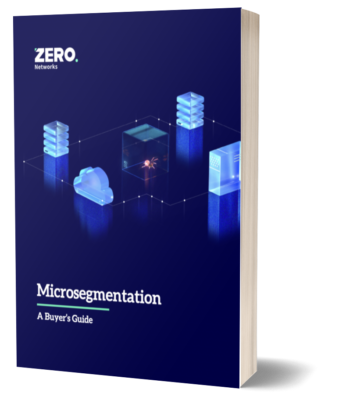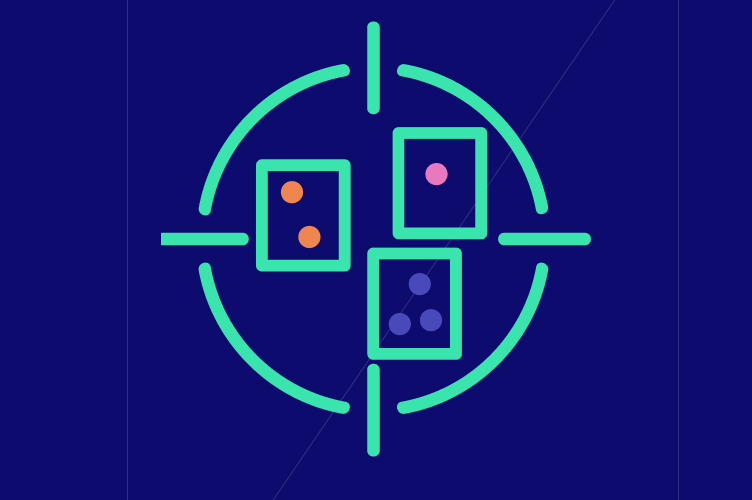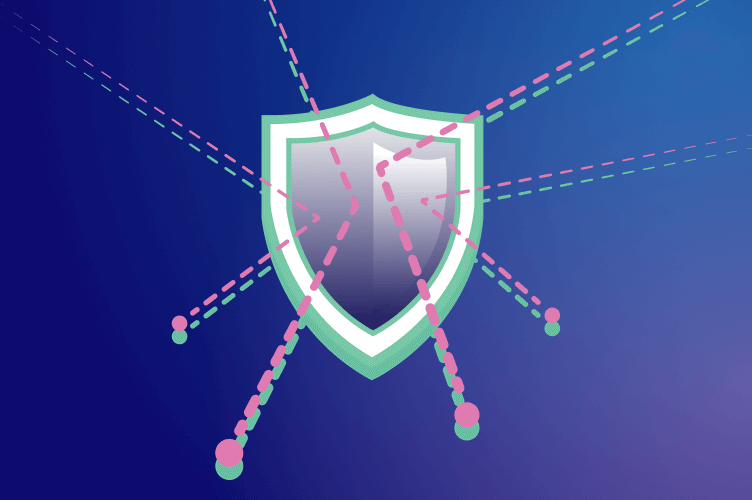Segmenting Your Network? Get Ready to Pay Out The Nose.
Traditional network segmentation is heavily relying on high capital expenditures to buy or replace expensive firewalls, and high operating expenditures on professional services for configuration (manually creating rules that do not break the environment) and ongoing maintenance.
Legacy microsegmentation that uses software firewalls also requires high OpEx on lengthy deployment, manual rule creation and ongoing maintenance.
What makes segmentation so costly?
Traditional Segmentation with hardware firewalls
- Expensive firewalls to buy or replace.
- Lengthy deployment: Rules/policies are created manually.
- Lengthy maintenance: Rules/policies must be continuously updated manually.
- Reconfiguration needed every time hardware changes.
- Hundreds of hours to set up.
Legacy Microsegmentation with software firewalls
- Lengthy deployment: Installing agents on each machine, manually reviewing and creating rules/policies.
- Lengthy maintenance: Human review of rules and activities, manually changing rules as applicable.
- Hundreds of hours to set up.
- Hairpinning.
Both traditional segmentation and legacy microsegmentation require a lengthy configuration – a process that involves spending hundreds, and sometimes thousands of hours manually setting each firewall rule (of which there can be thousands, or even tens of thousands). To get everything set up, someone must sit there, look at and think about each rule–one by one.
The amount of time it takes to get segmentation up and running can be staggering, but that’s just the beginning. Even if you’ve already made the investment and your network is finally segmented, these solutions are far from “set and forget”. Anytime there’s a change that requires old rules to be updated or new rules to be created (e.g., adding a new business unit), you need someone to come in and look at each rule and manually update it. On top of that, you need to constantly reevaluate existing rules to make sure you are not leaving any vulnerabilities open, as well as delete rules that are no longer needed—a complex, time-consuming process that incurs more expenses.
The Zero Networks Difference
Zero Network’s Segment is radically different. Instead of tying segmentation to hardware, Zero Networks’ approach is to segment by asset. This means you don’t need to re-segment when you change or update your hardware. Instead, the rules you’ve defined stay with each asset, client or server or OT, no matter where it resides, on prem or in the cloud.
Zero Networks Segment is an agentless solution. Rule and policy creation is fully automated and highly accurate – therefore simple, requiring only a few hours of someone’s time to get set up and running. The automation continues to work as you add or remove assets from the network over time, requiring just one or two hours of someone’s time each month for ongoing supervision.
These differences alone save organizations tens of thousands of hours.
The Numbers
For the average mid-market organization with about 2,000 users and 300 servers, Zero Networks saves a staggering 83% of the cost associated with traditional segmentation using hardware firewalls, and 71% of the cost associated with legacy microsegmentation using software firewalls. These savings are calculated over a period of 3 years.
In each of these scenarios, Zero Networks cuts the costs associated with long deployment times, hiring 2-3 full time employees for ongoing maintenance and rule management, as well as IT or helpdesk costs to respond to any network access requests users might have.
Check out the Zero Networks Segment ROI Calculator to receive a breakdown of the cost savings of Zero Networks for your organization, compared with the estimated costs of traditional segmentation and legacy microsegmentation vendors.
MFA Included: Increase ROI by 30%
One of the core features of Zero Networks Segment is the ability to apply MFA on every port, protocol, and application. This allows organizations to drop existing MFA enablement solutions and increase ROI by an additional 30%.
While other vendors apply MFA only to Active Directory authentication-based applications, therefore susceptible to attackers exploiting vulnerabilities and servers that are not domain joined Zero Networks ties MFA to the network layer to protect any application/protocol, denying attackers access to to anything and everything in the organization including even zero days vulnerabilities.
The Bottom Line:
| | Traditional
Segmentation | Legacy Microsegmentation | Zero Networks |
|---|
| Deployment | Hardware firewalls | Agents | Agentless |
| Set up time | Hundreds of hours | Hundreds of hours | 10 hours |
| Maintenance per month | Tens of hours | Tens of hours | 1-2 hours |
| Segmentation granularity | Segment per site / network segment | Segment per server | Segment per anything
(Clients, servers, OT/IoT, on prem and in the cloud) |
| Segmentation capabilities | Area to area | Server to server | Everything to everything
(Clients, servers, OT/IoT, on prem and in the cloud) |
| Switching to Zero Networks ROI | 83% | 71% | |
 Henry MayorgaCISO, Baron Capital
Henry MayorgaCISO, Baron Capital







